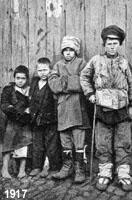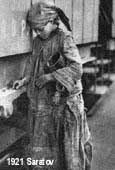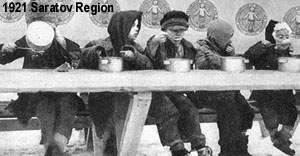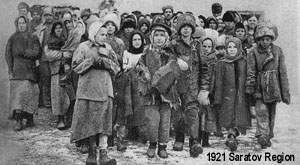| Black Earth
(Chernozem) Region:
The country's growing regions were known as the "granary of Europe." The "black earth," or Chernozem region, was famous for being so fertile it did not require fertilizing. The soil generally contains a very high percentage of humus – 3% to 13% – at depths sometimes exceeding 40 inches. Indeed, there is only one place with finer soil in the world, a similar "Chernozem belt" in the province of Manitoba, Canada. Stretching from Northeast Ukraine in a gentle northeasterly path across Southern Russia and into Siberia, the Chernozem belt varies in width between 100 miles and 500 miles. Despite its soil´s fertility, the Chernozem region is typically dry and prone to drought. No other part of Russia is more liable to failures of crops and famines than this belt. The extraordinary fertility of the chernozem results from a long buildup of "decayed roots and feather grass foliage, sedges, and other lowering herbs" that produces humus. Because rainfall is light, nutrients are not leached out of the soil, and the precipitation that does occur evaporates quickly in the hot, dry winds known as sukhoveis. |

|




